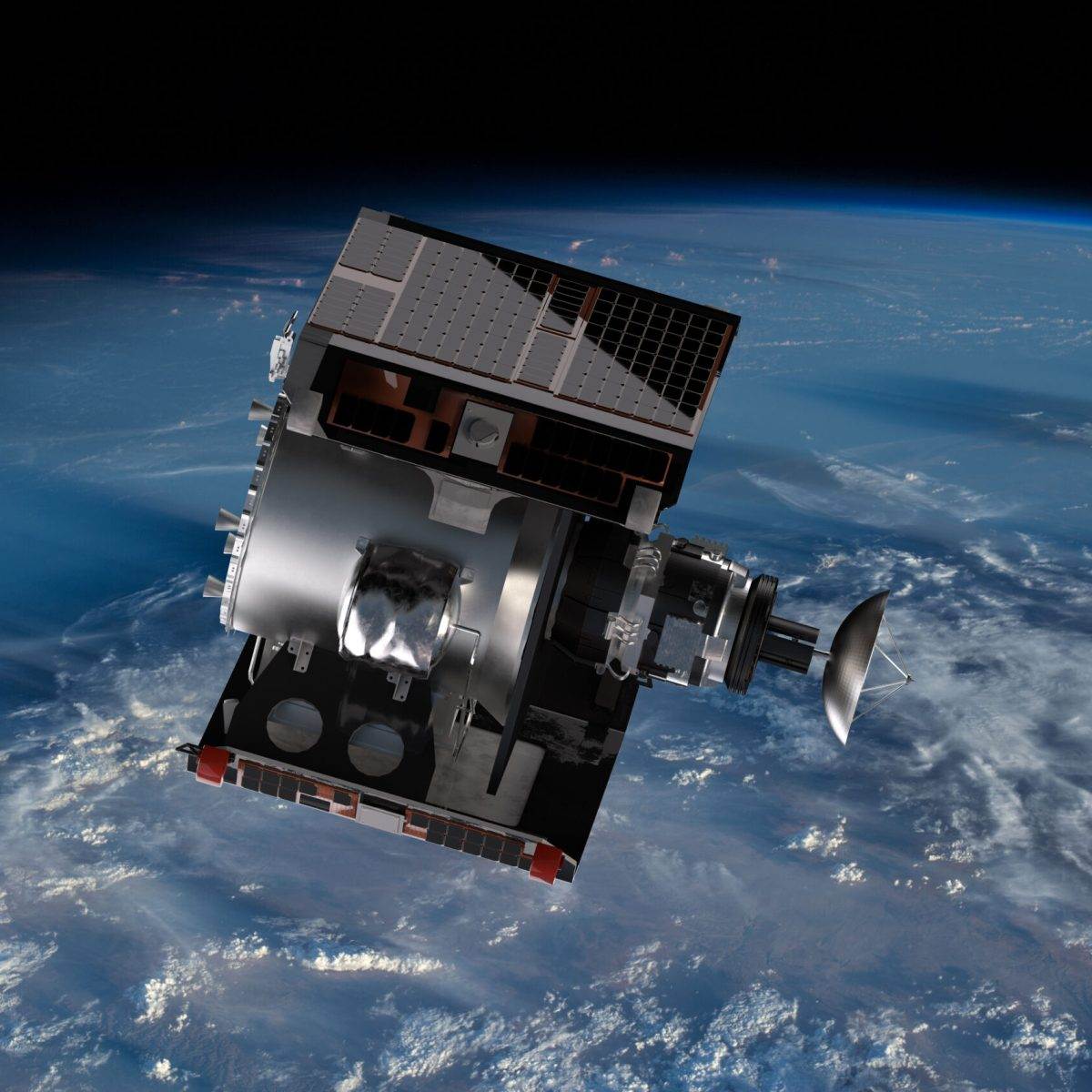Anuvu looks to HEO to upgrade inflight Wi-Fi

Top Stories Tamfitronics

TAMPA, Fla. — Anuvu is looking to rise above geostationary satellite delays with plans for 16 spacecraft in highly elliptical orbit (HEO), which would turbocharge broadband speeds for airlines using polar routes to shorten flight times.
The U.S. mobile connectivity specialist announced a partnership last week with D-Orbit USA, a newly founded subsidiary of Italian space logistics company D-Orbit, to study the design of a HEO network in a brief news release.
It is the first project D-Orbit has announced in the United States for a business developing a satellite bus by repurposing the group’s ION orbital transfer vehicle, which can accommodate payloads of up to 200 kilograms with several hundred watts of power.
D-Orbit was also among the Italian companies the European Space Agency picked last year to build an Earth observation constellation for Italy.
Mike Cassidy, D-Orbit USA’s CEO, said the company is working with an unnamed manufacturer with aspirations to build 48 satellites annually in the United States.
“We have partnered with an aerospace company in Colorado that already has multiple manufacturing lines set up,” Cassidy told SpaceNews in a Nov. 5 email.
“We are not set up right now to produce 48 satellites per year, but we currently have the ability to meet the schedule of the Anuvu satellite constellation.”
He said the HEO satellites should be ready to launch within a year of Anuvu getting Federal Communications Commission approval to operate the constellation.
Mike Pigott, executive vice president for connectivity at Anuvu, said all 16 satellites would be small enough to fit on a single rocket to accelerate deployment.
GEO delays
The first two of eight geostationary orbit (GEO) satellites Anuvu proposed soon after emerging from bankruptcy protection in 2021 were initially due to launch last year.
The 400-kilogram spacecraft are part of four Block 2 small GEO satellites built by Astranis, which have been delayed since the Californian manufacturer’s debut spacecraft suffered solar power issues following its launch in 2023.
Block 2 is currently slated to launch on a dedicated SpaceX Falcon 9 rocket this year.
Anuvu’s first two GEO satellites would provide connectivity over North America and the Caribbean.
The company — which currently leases capacity from dozens of geostationary satellites to provide global mobility and media services for aircraft, boats and remote locations — has not provided an update for the other six GEO spacecraft it has proposed.
Previously known as Global Eagle Entertainment, the company collapsed into bankruptcy in July 2020 after the COVID-19 pandemic greatly reduced core airline and cruise line activities.
However, Anuvu and other connectivity providers see booming demand for communications on the move, particularly for higher throughput and low-latency services.
Performance boost
Pigott said HEO satellites would be able to cover over 95% of Anuvu airline customers’ flight paths, including routes closer to the North Pole that are beyond the reach of GEO, providing similar coverage to low Earth orbit spacecraft.
“Performance is improved because the HEO orbit is much closer to aircraft in flight than a GEO satellite,” he added.
“With this, the new satellites will be able to send data 25 times faster than from a GEO satellite.”
According to Pigott, initial orbits would also enable the company to focus on serving airlines in the northern hemisphere.
“This matches our current primary customer demand region,” he said, “while decreasing the coverage over lesser-used regions.”
Anuvu also plans to provide capacity from LEO with satellites SpaceX is slated to start deploying in mid-2026 for Canadian GEO operator Telesat’s Lightspeed constellation.
Meanwhile, SpaceX poses a growing threat to inflight connectivity providers as its Starlink LEO constellation gains traction with major airlines.

Jason Rainbow writes about satellite telecom, finance and commercial markets for SpaceNews. He has spent more than a decade covering the global space industry as a business journalist. Previously, he was Group Editor-in-Chief for Finance Information Group,…More by Jason Rainbow
Discover more from Tamfis Nigeria Lmited
Subscribe to get the latest posts sent to your email.



 Hot Deals
Hot Deals Shopfinish
Shopfinish Shop
Shop Appliances
Appliances Babies & Kids
Babies & Kids Best Selling
Best Selling Books
Books Consumer Electronics
Consumer Electronics Furniture
Furniture Home & Kitchen
Home & Kitchen Jewelry
Jewelry Luxury & Beauty
Luxury & Beauty Shoes
Shoes Training & Certifications
Training & Certifications Wears & Clothings
Wears & Clothings
















